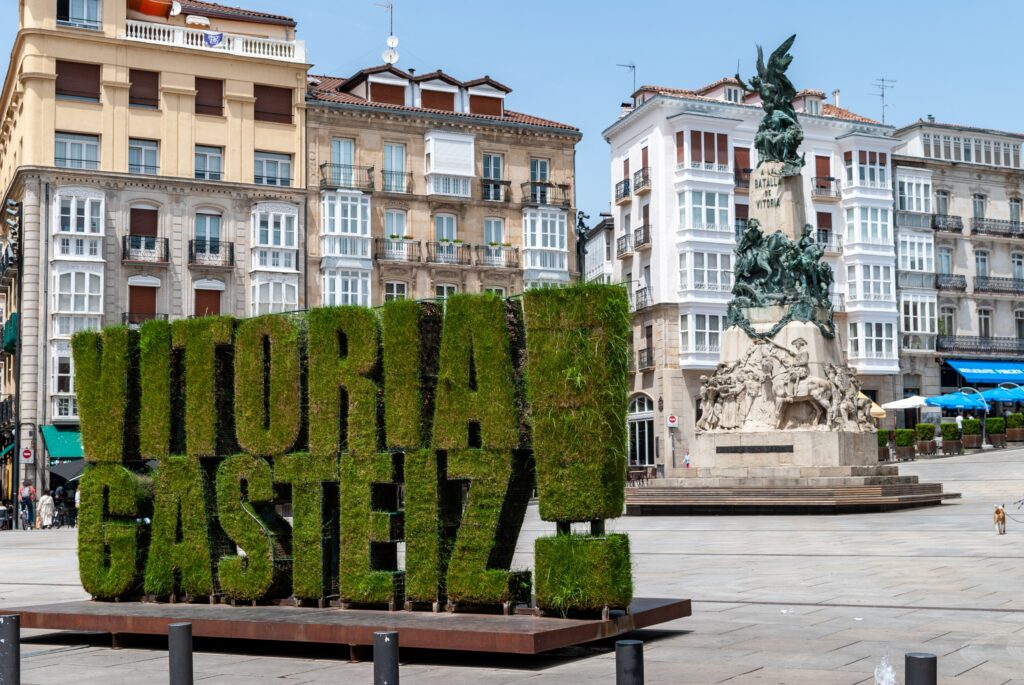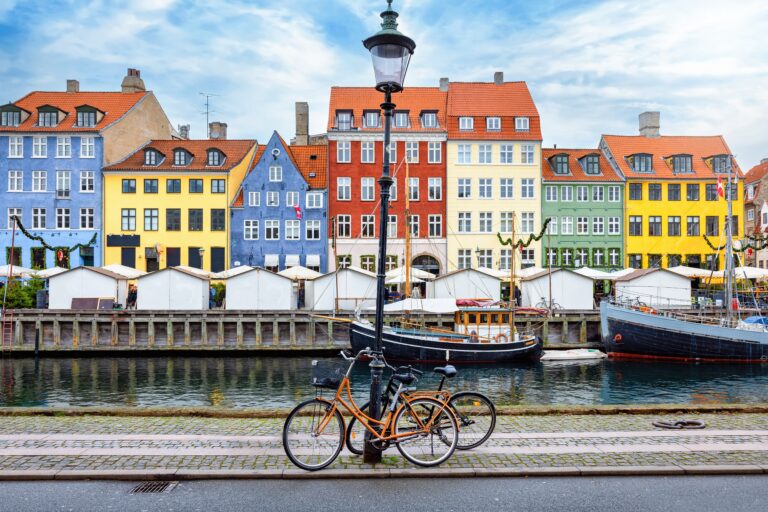As summer reaches its height and vacation plans come to life, cities across Europe are bustling with travellers. For those passionate about how cities move, selecting the right place to visit can be as much about enjoying the local sights and culture as it is about experiencing local urban mobility solutions.
To guide your next adventure, we turned to four experts who we had previously interviewed for the UMX blog to ask them a simple yet intriguing question:
“If you had to pick one city that UMX learners should check out, which would it be and why?”
Their responses revealed cities that stand out for their embrace of both innovative technologies as well as traditional ways of getting around like walking and cycling. Whether you’re a dedicated urban planner, a transportation professional, or simply someone fascinated by the dynamics of city life, these expert recommendations are here to inspire your travel bucket list, perhaps by this time next summer…
Look to Copenhagen for both cycling and data transparency
As Xavier Tackeon of Espaces-Mobilités explained, “Copenhagen made a pivotal decision 30 years ago. Realising they had limited funds, they decided that the best way to improve urban mobility was to promote biking. This approach involved everyone in the community—society at large, public institutions and also individual citizens, who would buy their own bikes and make an effort to cycle, which is very important.”
Numbers guy that he is, Xavier also added, “The city works a lot with data, not just for planning but also for evaluation. They have a strong culture of evaluation and transparency in Scandinavia, and they are always trying to assess the effects of gender balance, social cohesion and social inclusion… For example, ‘What’s the link between mobility and such-and-such topic?’ They use traditional surveys and are very open about their findings. Besides the efficiency and integration of their mobility system, I think Copenhagen’s commitment to evaluation and transparency is something we should all strive for.”
Check out Xavier’s free online course on mobility data, and stay tuned for an upcoming UMX blog with more of his insights.

Visit Phoenix and Madrid for two different approaches to AVs
As Maria Kopp of Factual Consulting shared: “While I’d like to mention a European city, Phoenix stands out because of its pioneering efforts in testing automated vehicles (AVs). These vehicles are already on the roads; people can drive them and use them like Ubers or ‘robotaxis’. It’s widely covered in the news and social media, with every incident and accident thoroughly reported, which makes people pay attention.”
What did she have to say about AVs on this side of the Atlantic? “While the focus in the United States is more on ride-hailing services for autonomous vehicles, in Europe, the emphasis is rather on public transport and shared mobility. For example, Madrid is one of the cities that is experimenting with autonomous buses. Also Barcelona piloted an autonomous shuttle in its port area, which successfully navigated real traffic conditions with roundabouts and intersections.”
Read the rest of Maria’s insights on autonomous vehicles, and check out the free online course that she co-authored on the topic.
Head to cities in Northern Spain for walkability
While Carlota Sáenz de Tejada Granados has studied and worked abroad in a couple of different countries, she decided to stick to Spain for the sake of familiarity. “I’ve always been intrigued by Vitoria-Gasteiz, in Basque Country, for its emphasis on walkability and greenery. The city has been forward-thinking since the 1990s, when they created a green belt around the city, which many cities now have or are planning to have, and they continue to implement green and sustainable urban strategies. I’ve been reading a lot about them recently and I’m eager to experience this green and walkable urban environment first-hand.”
As a postdoctoral researcher at ISGlobal, she focuses on the relationship between housing and urban health. She continued, “Both Vitoria and Pontevedra in nearby Galicia are examples of cities that have been quite advanced and forceful in their urban health measures with their pedestrian-only city centres. They demonstrate that it is possible to overcome car-domination in urban environments — and particularly when the streets become greener and the air less polluted, in turn, they mitigate the urban heat island effect.”
Check out the rest of Carlota’s insights on the urban heat island effect, and check out her free online course. Stay tuned for another UMX course from her this fall!

Another vote for Copenhagen — and the Big Apple
Amsterdam native Iskandar Tange initially wanted to recommend “Amsterdam because it was designed for horses, carriages and boats and the canals provide a lot of public space.” But for the sake of venturing beyond his home turf, he also chose Copenhagen for its urban design. “I think it stands out as a slightly newer city that takes a quite progressive stance on public space and livability — which it’s well known for due to how they create public space for people and focus on active mobility with really good cycling paths. While there are a lot of cars, it still feels very safe for cyclists. I’ve lived there and I can say it’s one of the best cities in the world. Even though the weather is often cold and rainy, the city layout and neighbourhoods are great.”
However, like Maria, Iskandar couldn’t help but set his sights beyond Europe, too. “I’m also fascinated by New York because I think it is a really liveable city — even though it has a completely different layout compared to Copenhagen — because of how they manage mobility. People walk or they take the metro, so you have fast transit underground, which is like another dimension of the city. And then I love how there are spontaneous interactions on the curbside because they’re so busy with everyone walking. Of course, they’re now struggling with creating space for cycling, but I think they’re taking great steps and you can already cycle well in a lot of neighbourhoods. And even though it’s dirty, there’s so much going on. It’s great!” (Note: This author lived in Manhattan for over 10 years and endorses Iskandar’s recommendation.)
Read the rest of Iskandar’s insights on flexible curbside management and check out the free online course he authored.

Adina Rose Levin
Adina Levin was born and raised in Chicago, and clocked in over 10 years in New York City before moving to Barcelona. As a freelance writer and creative strategist, she explores cities, culture, media and tech.





